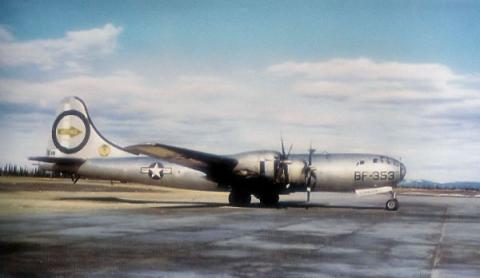FLYBOYJ
"THE GREAT GAZOO"
It was not initially.What do you base that on? The nuclear mission was part of the design process, important parts of the specifications, but the reason withheld from all but a few.
The B-29 began development long before anyone was thinking about using it as the first nuclear delivery system (Boeing began studies as far back as 1938 into the development of a long range "superbomber"). The Official AAF solicitation that led to the B-29 was released in December, 1939 and I doubt anyone that far back envisioned "Boeing Model 345" as a nuclear bomber. If you have references to the contrary, please enlighten us.
As a matter of fact the Lancaster was briefly considered as the initial platform by Norman Ramsey, one of the architects of the atomic bomb, but that idea was quickly squashed by AAF brass.
Even after it was decided to put "all the eggs in one basket," modifications had to be made on the production line to those aircraft that would support the nuclear mission (Silverplate)

 This is something of a brain-tickler for me.
This is something of a brain-tickler for me.
